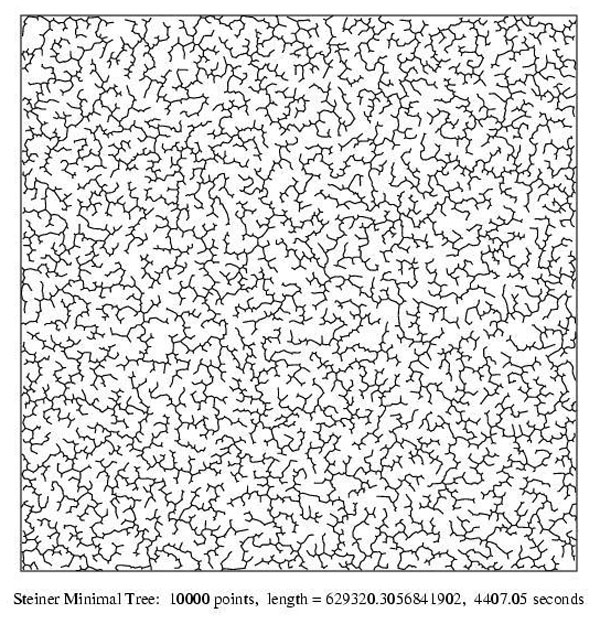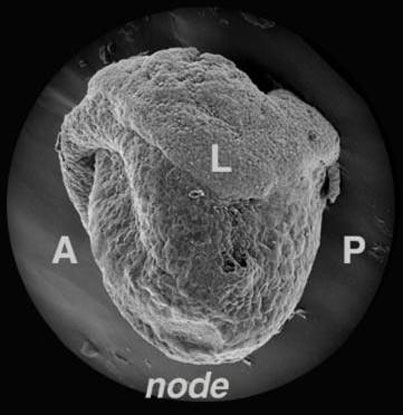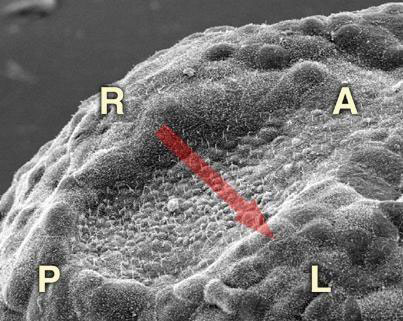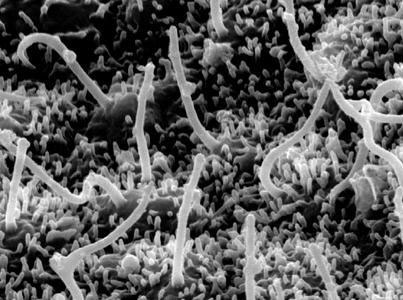 |
| Home | Research | Publications | Prospective Students | Teaching | Contact | Physics | Resources | Fun |
| Research Home
Current Projects Other Projects |
SPECIAL TOPICS in BIOPHYSICS:
In addition to the other projects on the left menu which consume most of our efforts, we have an ongoing interest these problems that are marginally relevant to our main focus, but which are still fascinating nonetheless.
Role of Reaction Coordinates and Chain Topology in Proteins and Random Heteropolymers
The non-equilibrium physics involved in the relaxation dynamics of a complex system is in general an unsolved problem. For systems consisting of a linear chain, such as proteins and random heteropolymers, new problems arise due to the intricate connectivity of the network of kinetically accessible states. Moreover, the fixed sequence of amino acids along the chain lends aspects of disorder to the dynamics. This further complicates the question of what a good reaction coordinate is for such a system, or whether one even exists. This project will investigate the above issues using tools from the physics of disordered systems as well as principles of diffusion in nontrivially topologically restricted spaces.
Steiner Networks in High Dimensions, and Applications to Phylogeny

Physics of Left-Right Symmetry Breaking
Electromagnetism is an achiral force ultimately responsible for the development of an organism, yet essentially all higher level organisms exhibit chirality (most people are right-handed for example).
An 8 day old vertebrate embryo (first image) has a structure more or less where your belly-button would be (center image) called Henson's node. Increasing the magnification further (6000x) shows that the node is decorated with cilia (bottom image). These cilia rotate clockwise when viewed from above the node, pushing fluid flow to the left. This is why your heart is on the left (and liver on the right). We study the origins of this symmetry-breaking process.
   |
| Image from Hamada et. al. Nature Rev Genet 2002 |
Home | Research | Publications | Prospective Students | Teaching | Contact | Physics | Resources || Fun |